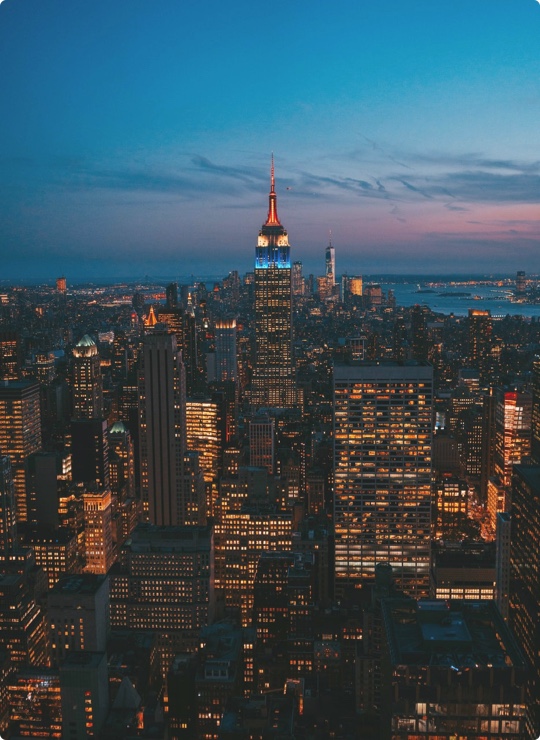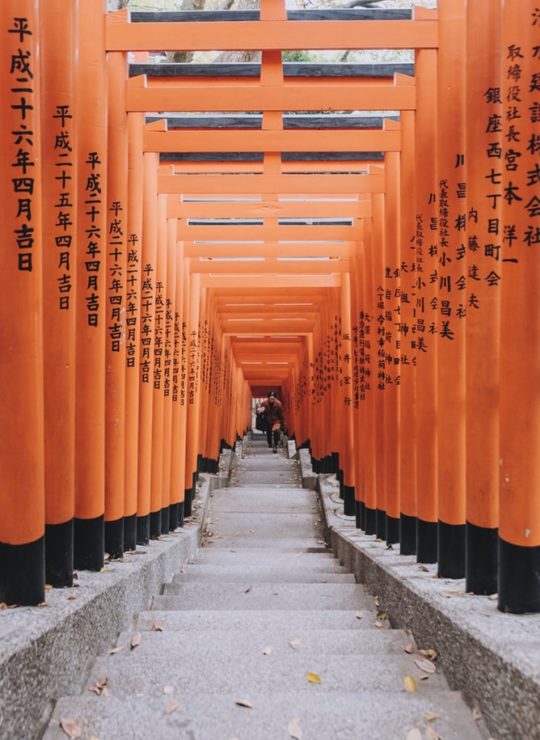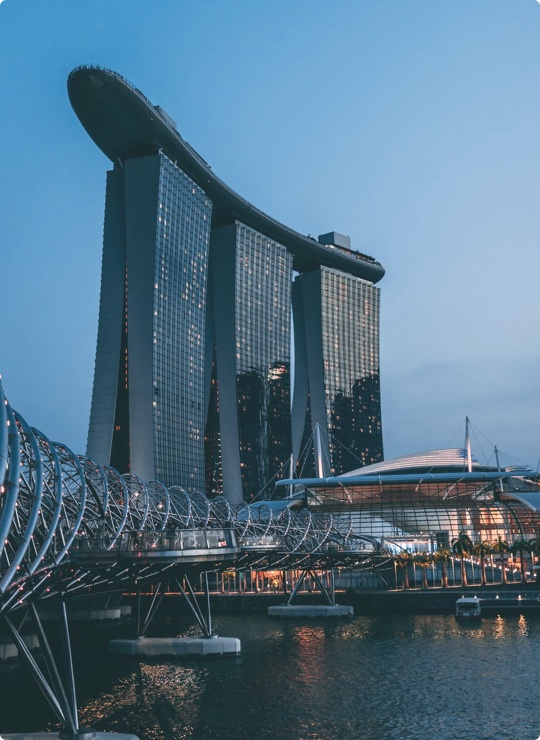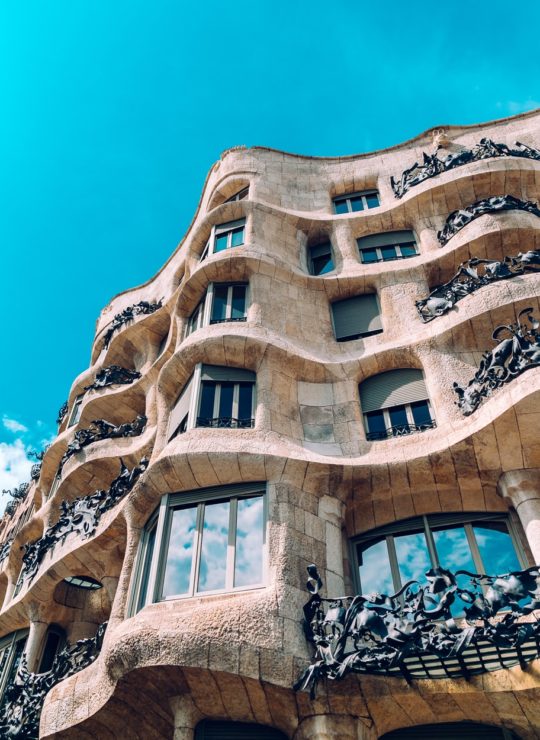Centuripe
Centuripe (Sicilian: Centorbi) is a hilltop town in the Province of Enna, eastern Sicily. Perched at around 730m above sea level, it commands broad views over the Simeto and Dittaino valleys. With a population of just under 5,000 residents, Centuripe blends ancient heritage with a dynamic effort to revitalise its cultural identity.

Understand
[edit]Centuripe has roots stretching back to the Sicels before being incorporated into Magna Graecia and later the Roman Empire. In antiquity, the city was known for producing distinctive Centuripe ware—colourful Hellenistic terracotta vases found with funerary burials. Cicero dubbed it among Sicily’s richest and most prominent cities of its time.
Centuripe’s storied past includes Roman citizenship, independence until the Punic Wars, and destruction and rebirth under Frederick II and later the Angevins and Aragons. In World War II, it was the site of a fierce Allied battle in August 1943, a turning point in Sicily’s liberation.
Today, the town is defining a new chapter. Under Mayor Salvatore La Spina—former press officer at the Uffizi—the community has embraced art, exhibitions, and cultural investments to combat depopulation and economic decline. In summer 2025, Centuripe inaugurated a major exhibition of Sicilian Futurism in its renovated Antiquarium Exhibition Centre, attracting high-level attention and signalling a bold vision for the future.
Centuripe today offers visitors a layered experience: explore ancient churches like the Chiesa Madre (1728) with its carved wooden pulpit and tiled Piazza Duomo, wander Roman ruins and rock tombs, and visit the Regional Archaeological Museum—home to one of Sicily’s richest Roman collections of imperial sculpture, terracotta masks, and funerary artifacts.
Get in
[edit]Centuripe is located in eastern Sicily, roughly halfway between Catania and Enna. The easiest way to reach the town is by car via the SS121 or SP24 provincial roads. The nearest train station is in Catenanuova, about 10 km away, with regional trains from Catania and Palermo; from there, local buses or taxis can bring you to Centuripe. Bus connections from nearby towns exist but are limited—check schedules in advance.
Get around
[edit]Centuripe is a compact hill town, and the best way to explore is on foot. The streets are narrow and winding, typical of Sicilian hilltop villages, and many of the main sights—churches, archaeological sites, viewpoints, and museums—are within walking distance. Parking is available near the town centre for those arriving by car.
See
[edit]- 1 Regional Archaeological Museum of Centuripe (Museo Archeologico Regionale Centuripe), Via Giulio Cesare 1. Housed in a modern building since 2000, the museum contains the largest collection of Roman archaeological finds in inland Sicily, including remarkable sculptures (notably the famed Head of Augustus on loan until 2026), Hellenistic terracotta masks, local Centuripe-ware vases, and ethnographic displays of rural life.
- 2 Mausoleo Romano – La Dogana (Roman Mausoleum «La Dogana»), Via Napoli. An imposing Roman tower-mausoleum from the imperial era, locally known as “La Dogana”. Only the upper level remains standing today. It is located in the park below town near the municipal gardens of Corradino.

- 3 Chiesa Madre Immacolata Concezione (Mother Church of the Immaculate Conception), Centro storico, Piazza Duomo. Centuripe’s cathedral, built in the early 17th century and consecrated in 1728. Features a triple‑order façade with bell‑tower and clock, a Latin‑cross interior, and a carved wooden pulpit. The tiled Piazza Duomo was redesigned in 2021-22.
- 4 Chiesa del Purgatorio (Church of the Holy Souls in Purgatory), Centro storico, near Piazza Vittorio Emanuele. A compact Baroque church associated with the Brotherhood of the Souls in Purgatory. Though small, its interior once housed devotional art and it features a crypt beneath—partially accessible during local events.
Do
[edit]- 1 Walk the Historic Trail Centuripe 1 (Urban & nature loop Centuripe 1), Start at Centro Storico, Centuripe. Easy ~1.6-km loop (~1 mile) combining town and countryside—passes the Archaeological Museum, former mill, ex‑Augustales site, Roman baths, and a quiet stretch of local landscape. Ideal for a light morning or afternoon stroll.
- 2 Road‑cycling loop: Centuripe–Leonforte–Agira (Cycling loop through Enna province), Start/finish at Centuripe town centre. A scenic ~143-km (~90-mi) road biking tour through Centuripe, Leonforte, Agira and back. Moderate difficulty with ~1,200 m elevation gain, perfect for experienced cyclists seeking inland Sicilian landscapes and village-to-village riding.
Buy
[edit]Centuripe is known for its traditional ceramics and local food products. Small shops in the historic center may sell painted pottery inspired by ancient designs, handmade textiles, olive oil, and local sweets such as almond pastries. Markets and local fairs sometimes offer seasonal produce and artisanal goods.
Eat
[edit]Local trattorias and small restaurants serve up hearty Sicilian dishes, often made with locally sourced ingredients. Specialties include fresh pasta with wild fennel, grilled meats, and ricotta-based desserts. Try traditional dishes like pasta alla Norma, caponata, or salsiccia (Sicilian sausage).
Drink
[edit]Grab an espresso or granita at one of the cafés around Piazza Duomo or Piazza Vittorio Emanuele. In the evenings, locals gather for aperitivo or a glass of Sicilian wine—Nero d’Avola and local whites are widely available. Bars tend to be low-key and friendly.
Sleep
[edit]Centuripe has a handful of small B&Bs, agriturismi (farm stays), and guesthouses offering peaceful accommodations with views of the valley or Mount Etna. Staying overnight gives you the chance to experience the town’s calm atmosphere and starry skies after day-trippers leave.
Go next
[edit]- Regalbuto – A quiet town on the banks of Lake Pozzillo with scenic mountain views.
- Adrano – Historic town at the foot of Mount Etna with a Norman castle and archaeological sites.
- Agira – Medieval hill town with a panoramic view and the Norman castle ruins.


 Français
Français Italiano
Italiano




